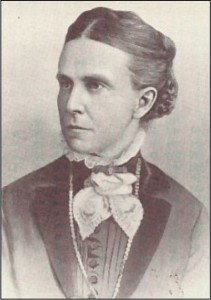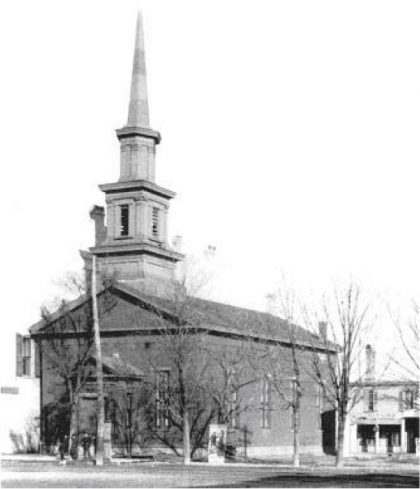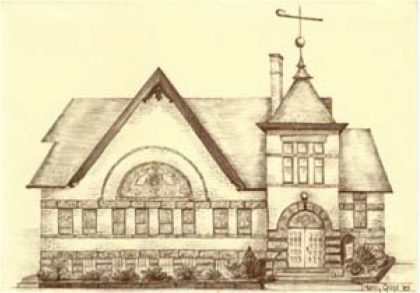Our History

Our congregation was one of the earliest churches in Racine, being founded in 1842, and called “The Universalist Society of Racine.” Universalism was the belief that God would save everyone eventually, thus they rejected belief in an eternal hell. It was the third church founded in the little community of Port Gilbert at the mouth of the Root River on the shore of Lake Michigan. Gilbert Knapp, the first settler in this region established Port Gilbert 1834. It was later named Racine.
The church had grown to forty five men and twenty women by 1846 when they hired their first minister. The congregation met for services in people’s homes, in the schoolhouse and in the courthouse. In 1851 they built their first building on Monument Square. The church existed as a liberal community and attracted many of the city’s industrial and financial leaders.

Among the early members of our church were: J.I. Case and his wife, Gilbert Knapp (credited with founding Racine) and his wife, Nicholas D. Fratt and his wife, and Stephen Bull – all of whom have Racine schools named in their honor (as does Rev. Olympia Brown). They had help from P.T. Barnum, the famous American showman, who loaned $500 to our church to buy the property on Monument Square. (Barnum was a loyal Universalist all his life, but he was also a thrifty Universalist. He charged 10 percent interest on the loan.) The first church building was erected in 1851.
In 1878 the Rev. Olympia Brown came to our church and served as its minister until 1887. Olympia Brown, ordained in 1863, was the first woman in the United States to be ordained by a regularly established denomination. Under Olympia Brown’s ministry, the church became a forum for the discussion of all social issues. She invited Julia Ward Howe, Elizabeth Cady Stanton, and Susan B. Anthony to air their views from the pulpit. Under her ministry the women began to vote and hold offices in the church. Today we are called Olympia Brown Unitarian Universalist Church, to the honor the Rev. Brown’s ministry among us.

Soon after Rev. Brown’s tenure the congregation built a new building, the one we are in today, It was dedicated in 1895 as the Church of the Good Shepherd. The building was enlarged a year later and still stands today at the corner of College Avenue and Seventh Street.
In 1961 the church merged with the Unitarian Society of Kenosha. In 1985 the congregation encouraged the Kenosha members to restart their own church, now the Bradford Community Church.
We continue to carry on the tradition of working for social justice and affirming the inherent worth and dignity of every person.
